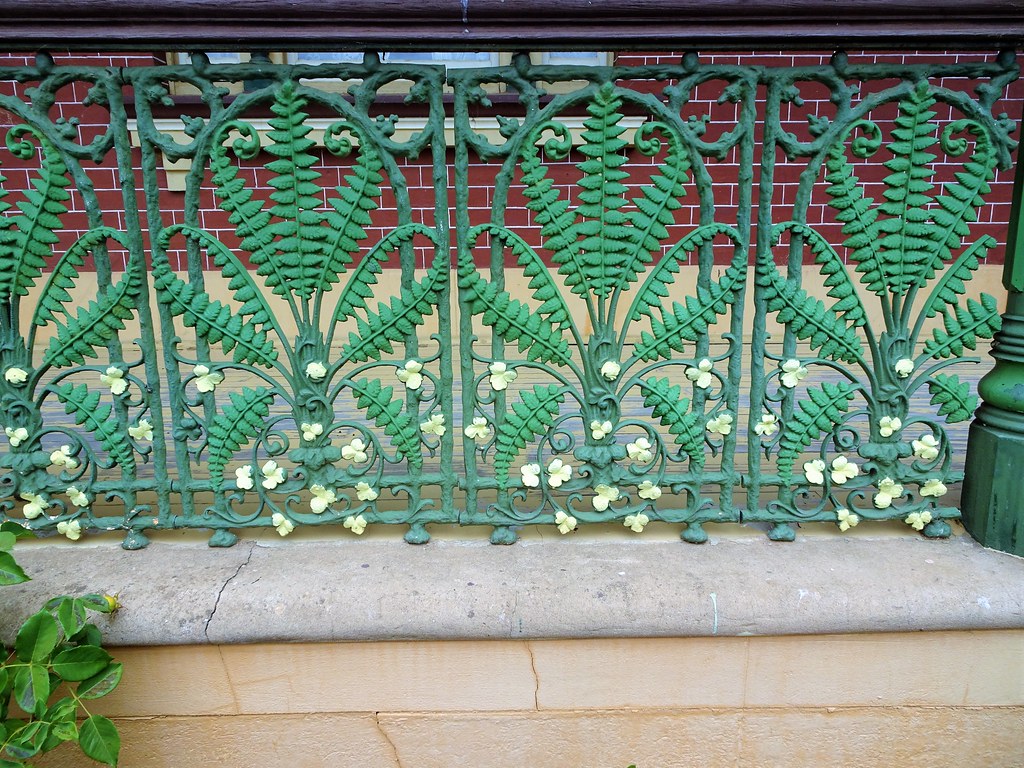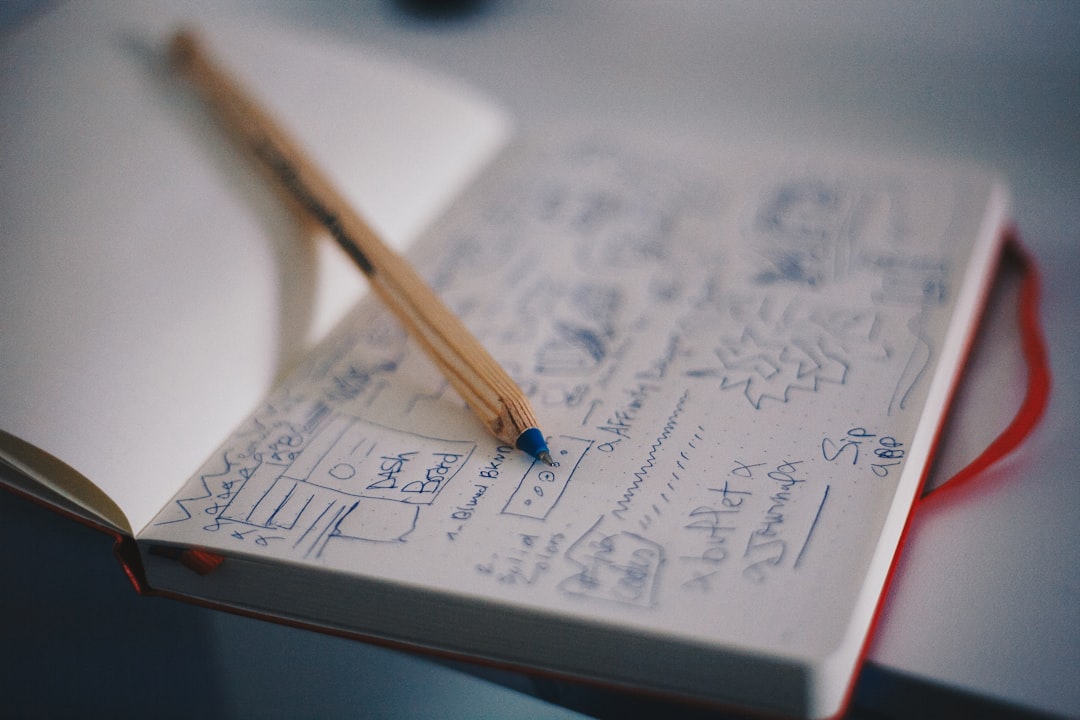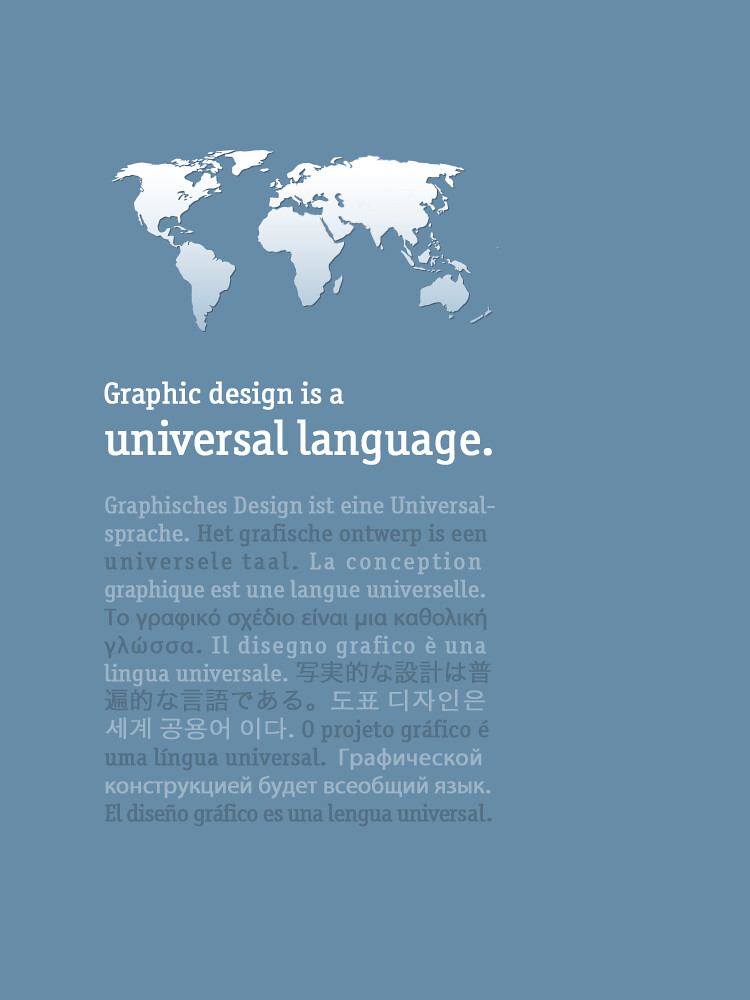Unraveling the enigmatic world of design: Have you ever pondered why it is called design? Delve into the fascinating origins and evolution of this ubiquitous term that shapes our world in ways we may not even realize. Explore the intricate connections between creativity, functionality, and aesthetics that define the essence of design.

| Key Aspect | Description |
|---|---|
| Aesthetics | The Visual Appeal and Emotional Impact |
| Functionality | The Practicality and Usability of Design |
| Creativity | The Art of Originality |
| Problem-solving | Addressing Challenges and Enhancing Solutions |
| Innovation | Pushing Boundaries and Embracing Change |

When it comes to design, aesthetics play a crucial role in capturing the audience's attention and creating a lasting impression. The visual appeal of a design can evoke emotions, convey messages, and enhance the overall user experience. By leveraging color, typography, layout, and imagery, designers can create visually stunning and impactful designs that resonate with their target audience.
Functionality is a key aspect of design that focuses on the practicality and usability of a product or service. A well-designed product not only looks good but also functions effectively to meet the needs of its users. Designers must consider factors such as ease of use, accessibility, and user experience to ensure that their designs are not only visually appealing but also practical and user-friendly. By prioritizing functionality, designers can create designs that are not only aesthetically pleasing but also highly functional and easy to use.

In the world of design, creativity serves as the fuel that drives innovation and sets the stage for originality. It is the ability to think outside the box, to break free from conventional norms, and to envision new possibilities that truly define the art of design. Creativity allows designers to push boundaries, challenge the status quo, and create unique solutions that captivate audiences and inspire change.

Underlying the dialogue on "Design vs. Creation" lies a profound inquiry into the essence of what it truly means to design. This exploration is not just a matter of semantics but delves into the philosophical underpinnings of design as a discipline. At its core, design is an intentional process, a considered act of crafting solutions within constraints, while creation might be seen as a broader, perhaps more unconstrained act of bringing something into existence. The distinction is subtle yet significant, touching upon the very ethos that guides architects, graphic designers, and creatives across the spectrum. Recognizing this nuanced difference enriches our understanding and appreciation of the creative professions, inviting us to look beyond the surface to the intention and thought processes that underpin a designer's work. To further delve into this topic and uncover the layers that distinguish design from creation, refer to our in-depth discussion.
For more insights, explore our comprehensive article.
For comprehensive information about aesthetics, functionality, creativity, problem-solving, and innovation, visit the Massachusetts Institute of Technology's website at MIT's Product Engineering Processes.
Designers are tasked with identifying obstacles and finding innovative solutions to overcome them. By understanding the problem at hand and utilizing their creative skills, designers can create impactful solutions that enhance the overall user experience. Whether it's streamlining processes, improving functionality, or addressing user needs, problem-solving through design is at the core of creating successful and effective designs.